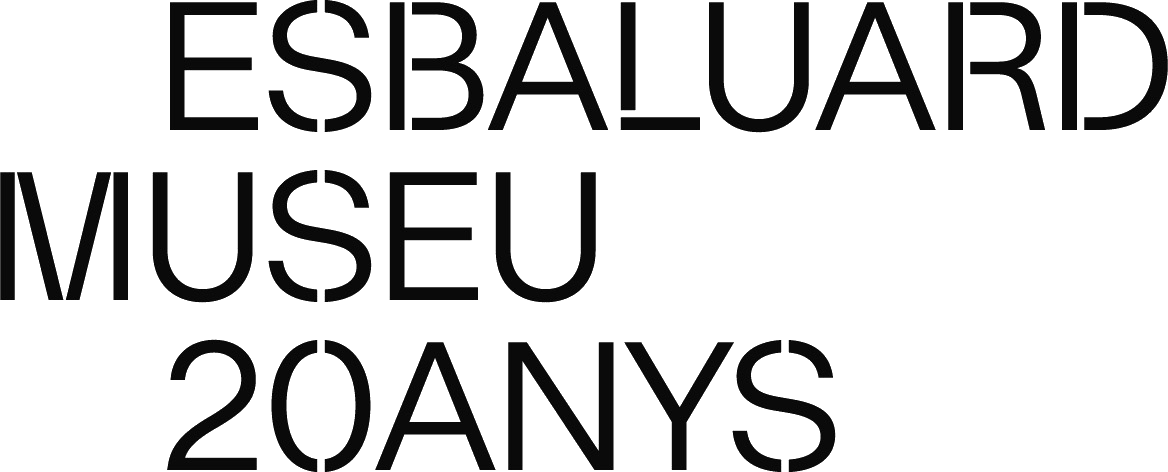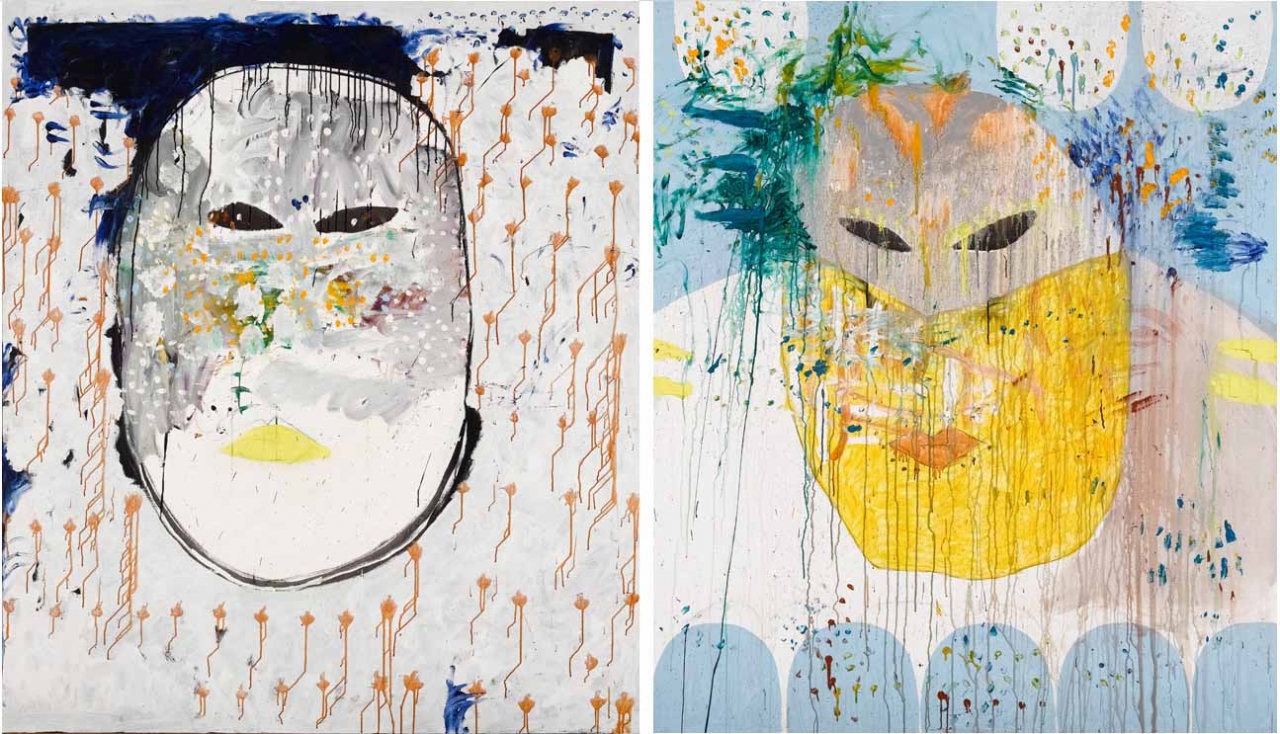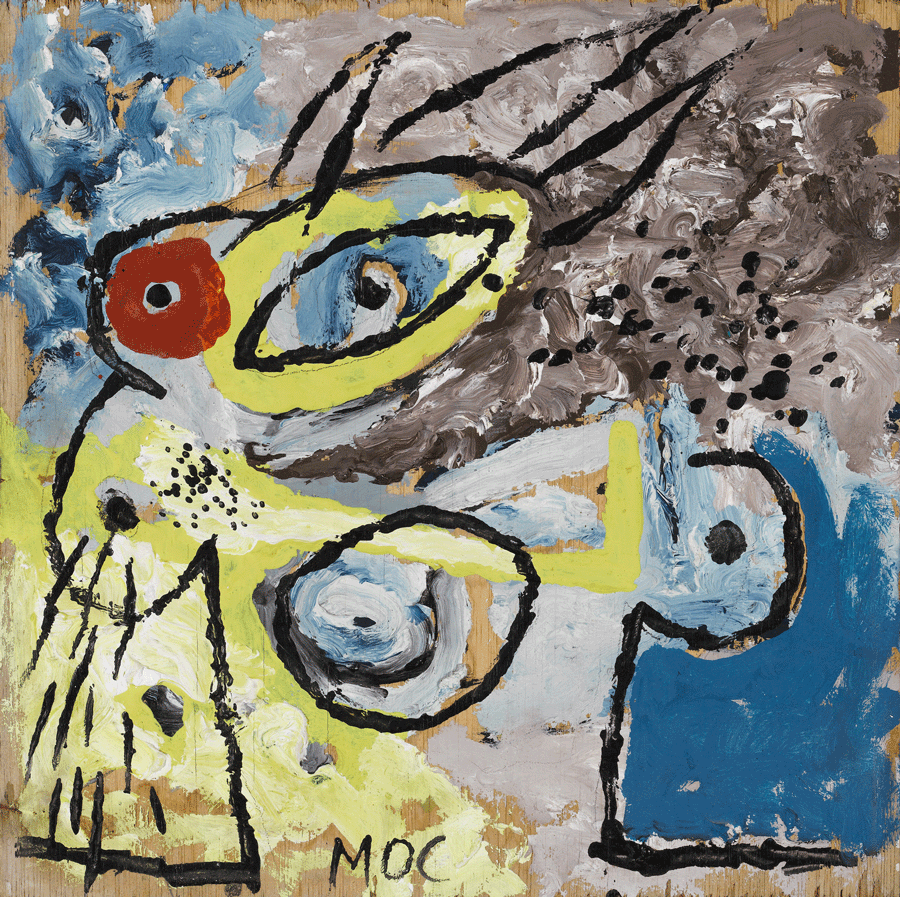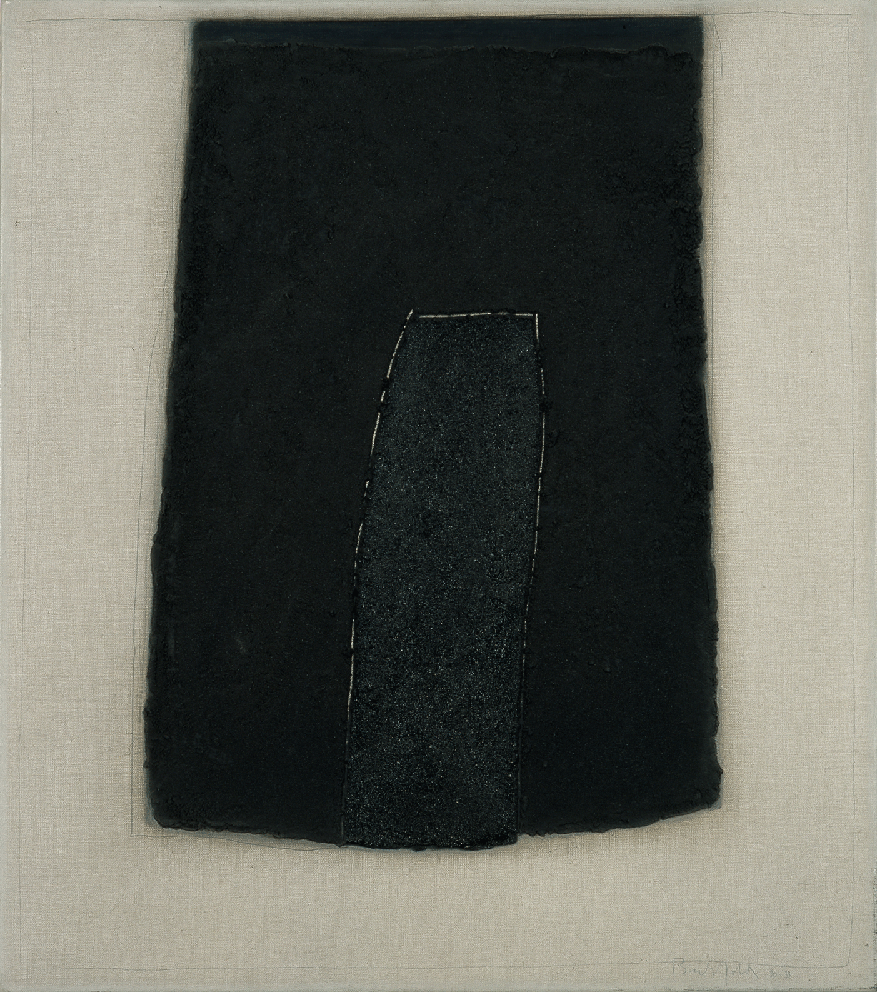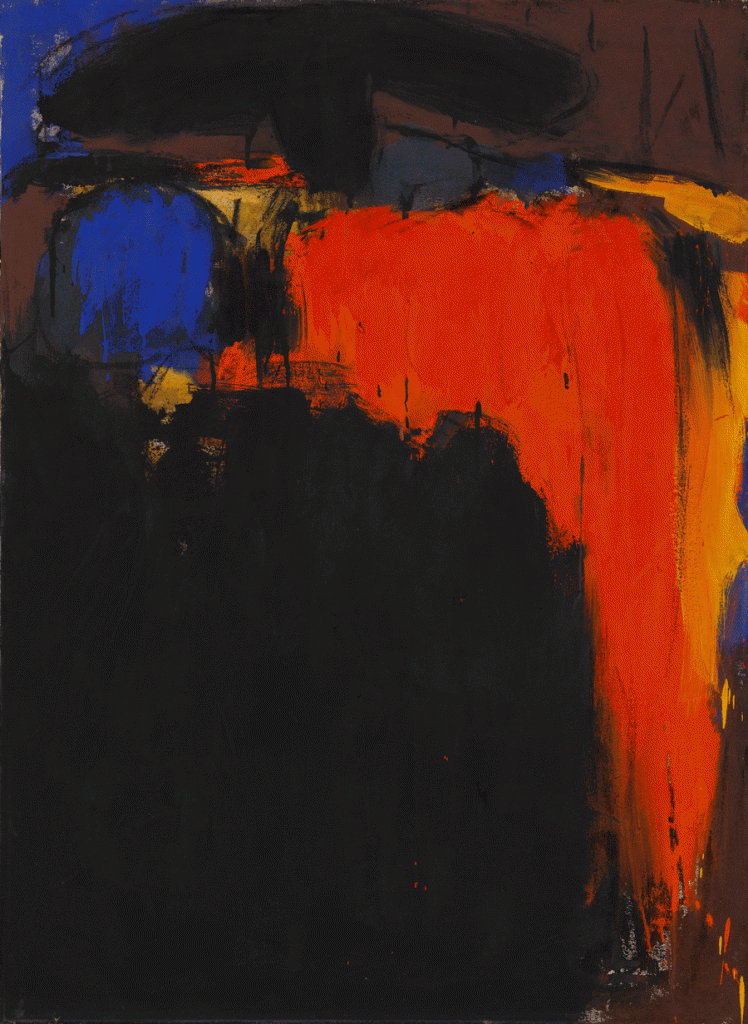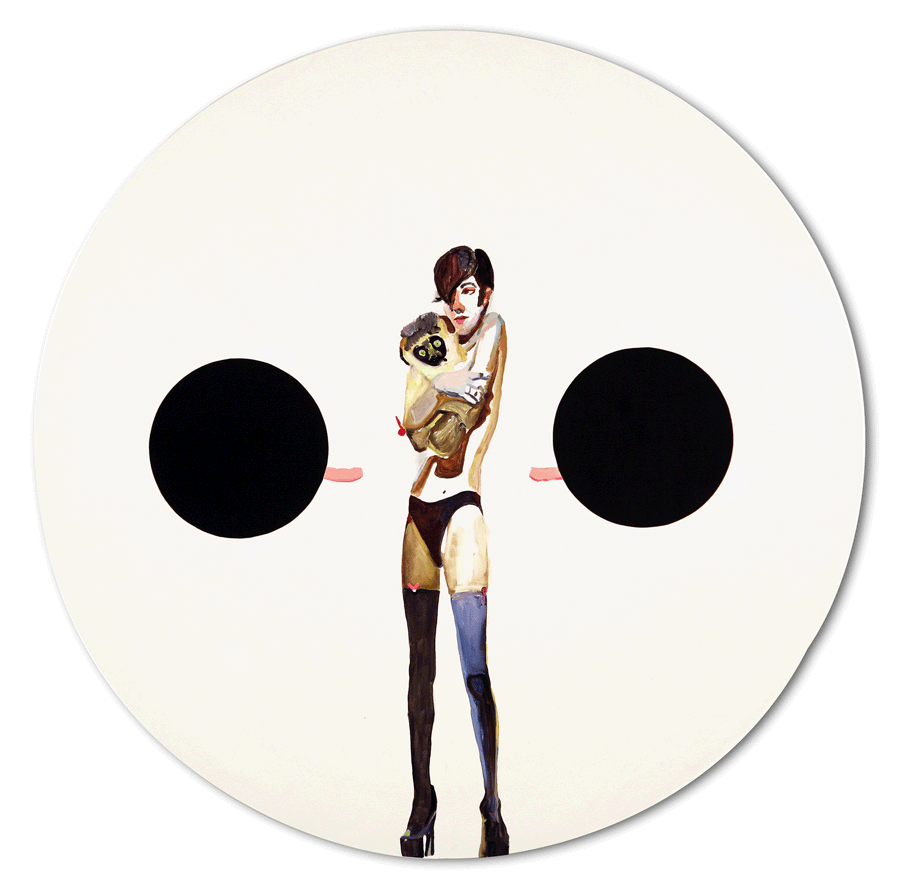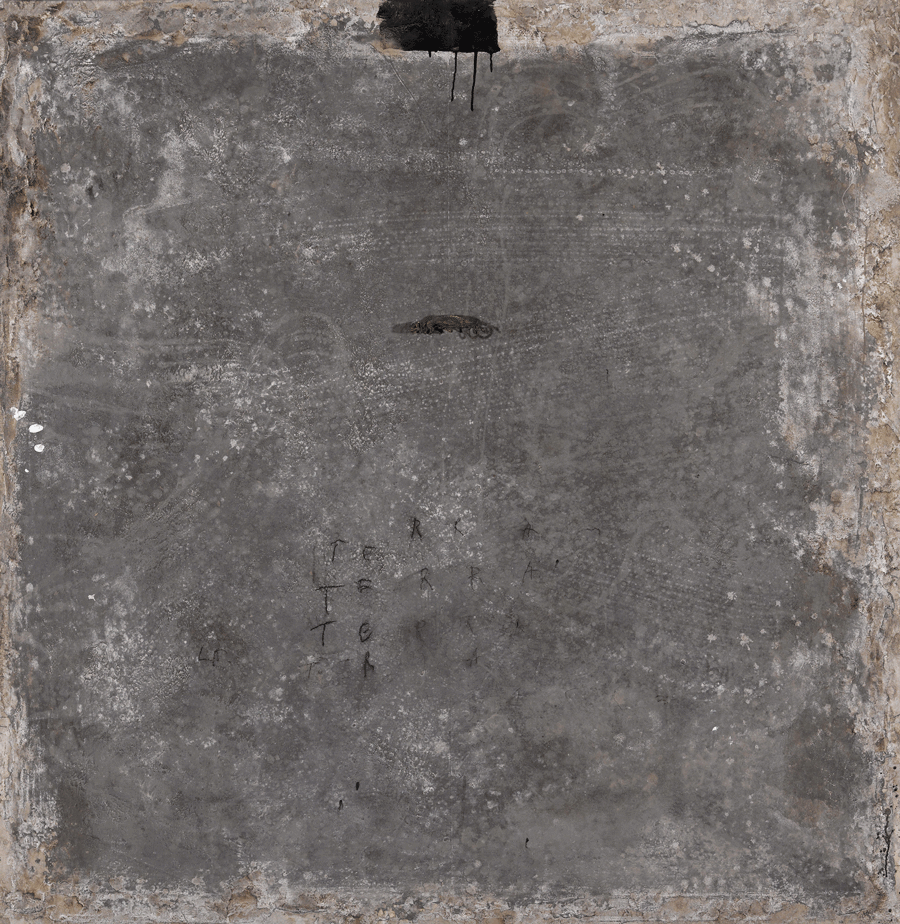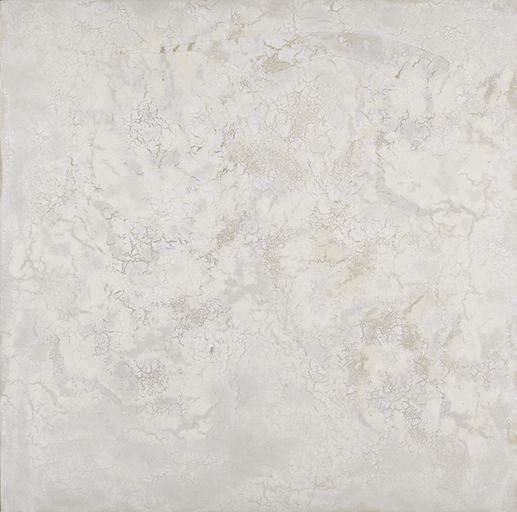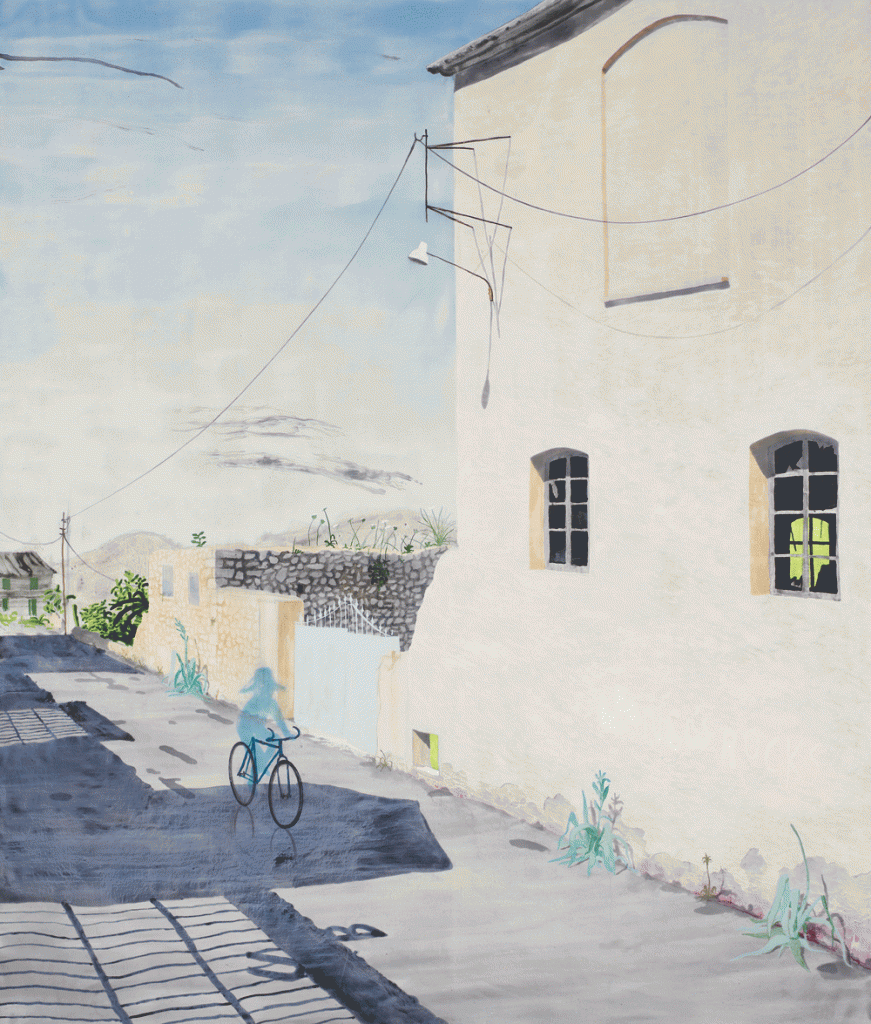 Fragments pictòrics
Fragments pictòricsPICTORIAL FRAGMENTS, 1980-2010
Es Baluard Museu d’Art Modern i Contemporani de Palma continues with its cycle devoted to “Views of the Es Baluard’s collection” and presents a fourth interpretation entitled “Pictorial fragments, 1980-2010”. This new presentation covers the last three decades of painting in Spain and its reflection in the Balearic Islands based on the museum’s own collection. The selection brings together eighteen artists who illustrate the re-emergence of painting in the 1980s and its evolution to our times through a total of twenty works.
After the pre-eminence during previous years of informalism, minimalism, the conceptual trend…, as the decade of the ‘80s began, painting re-emerged as a medium, returning Europe to the limelight as the centre of art. This traditional genre was recovered by artists born during the Second World War and the 1950s, mainly in Germany and Italy, as is the case of Anselm Kiefer, Gerhard Richter, Markus Lüpertz, Nino Longobardi or Francesco Clemente, among others. The “wild youth” or “new expressionists” in Germany and the “transvanguard” referring to Italy were the new terms coined to describe these new artistic tendencies which developed from the basis of the liberation of the intellect and concept, the absence of rules, primitivism…
In Spain, this vindication of painting rests on a base constructed around the experiences of the re-emergence of figuration which took place in the ‘sixties (givingrise to manifestations criticising society’s problems, social realism, along with the birth of pop art, with Juan Genovés, Equipo Crónica, Eduardo Arroyo, Darío Villalba or Luis Gordillo as examples of this), and also around the birth of new artistic proposals contrary to abstraction in different places around Spain in the late 1970s, such as the “new Madrid figuration”, the creation of the Grupo de Trama in Barcelona or the Atlántica project as a response in Galicia in 1980.
The young Spanish artists who surfaced in the ‘eighties took as their artistic referents the work of the German wild youth and the Italian trans vanguard (Georg Baselitz, Anselm Kiefer, Markus Lüpertz and Jörg Immendorff, among others), who promulgated a figuration free from the repressive bonds of the intellect and the concept, primitivism and the establishing of the “style of no style”, as well as other constant themes.This return to figuration invoked in Spain, expressed in the works of Miquel Barceló, Maria Carbonero, Ferran García Sevilla, Charo Pradas and Antón Patiño, along with two examples of alternative proposals centred on lyrical abstraction by José Manuel Broto and Xavier Grau, illustrates the beginning of the route through the exhibition.
Generally speaking, the turn of the decade into the ‘nineties was characterised by a maintenance of painting as an artistic medium, but without that euphoria of the previous years and in clear competition with other artistic languages which gained prominence on the Spanish plastic arts scene (photography, sculpture, video or the installation). Some of the artists who had been at the centre of the energetic restoration of figuration in the previous decade now evolved and focused on other aspects, such as investigating material, for example, as reflected in the works of José María Sicilia and Miquel Barceló; others defended abstraction as a pictorial language, of a geometric nature in the case of Erwin Bechtold, Miguel Ángel Campano and Ramon Canet and of a gestural and material nature, with reminiscences of figuration, in the case of Rafa Forteza and Guillem Nadal. A personal proposal, that of Luis Gordillo, who adopted abstraction in the ‘eighties, creating his own language based on the multiplicity and superposition of images, closes this second space and takes us into the new century.
The artistic scene of the last ten years gives way to a generation of artists who once again adopt painting as their medium for expression. The works selected in this third and final space bring us closer to the different proposals by four artists who reassert the value of painting today, through narrative figuration: Nicholas Woods, Miki Leal and Abraham Lacalle who propose an invented figuration, created on the basis of unreal characters or elements, introducing references from literature…and Victoria Civera who, inspired by images from the mass media or by people close to her, speaks to us of her conception of the feminine universe.
